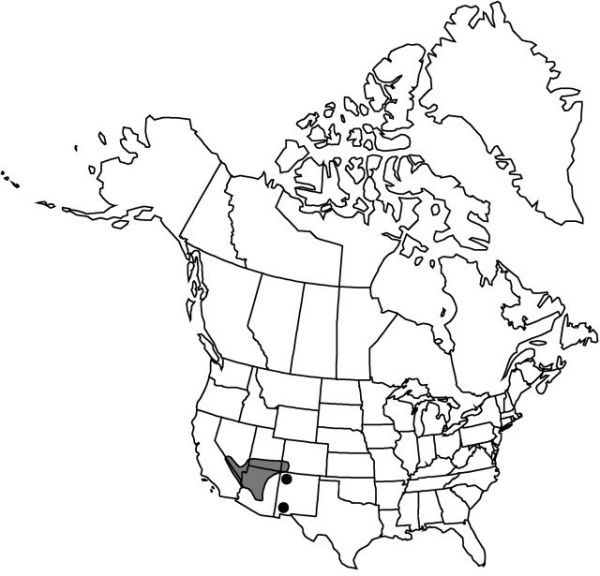Calochortus flexuosus
Amer. Naturalist 7: 303. 1873.
Plants rarely bulbose; bulb coat, when present, membranous. Stems twining or straggling over ground, branching, 1–2 dm, usually sinuous. Leaves: basal, withering; blade linear, attenuate. Inflorescences 1–4-flowered; bracts 1–3 cm. Flowers erect; perianth open, campanulate, each member with transverse yellow band; sepals lanceolate to lanceolate-ovate, 2–3 cm; petals white with lilac tinge, darker veined, especially distally, sometimes with purple blotch distal to gland, obovate to cuneate, 3–4 cm, with sparse or dense, short or long hairs near gland, apex rounded; glands transverse-lunate or wider, densely short-hairy; filaments 6–10 mm; anthers oblong, 5–7 mm, apex obtuse or acute. Capsules erect, lanceoloid, angled, stout, 3–4 cm. Seeds light beige, flat. 2n = 14.
Phenology: Flowering spring.
Habitat: Dry stony slopes, desert hills, mesas, creosote bush scrub, sagebrush scrub
Elevation: 500–2000 m
Distribution

Ariz., Calif., Colo., Nev., N.Mex., Utah.
Discussion
Selected References
None.
